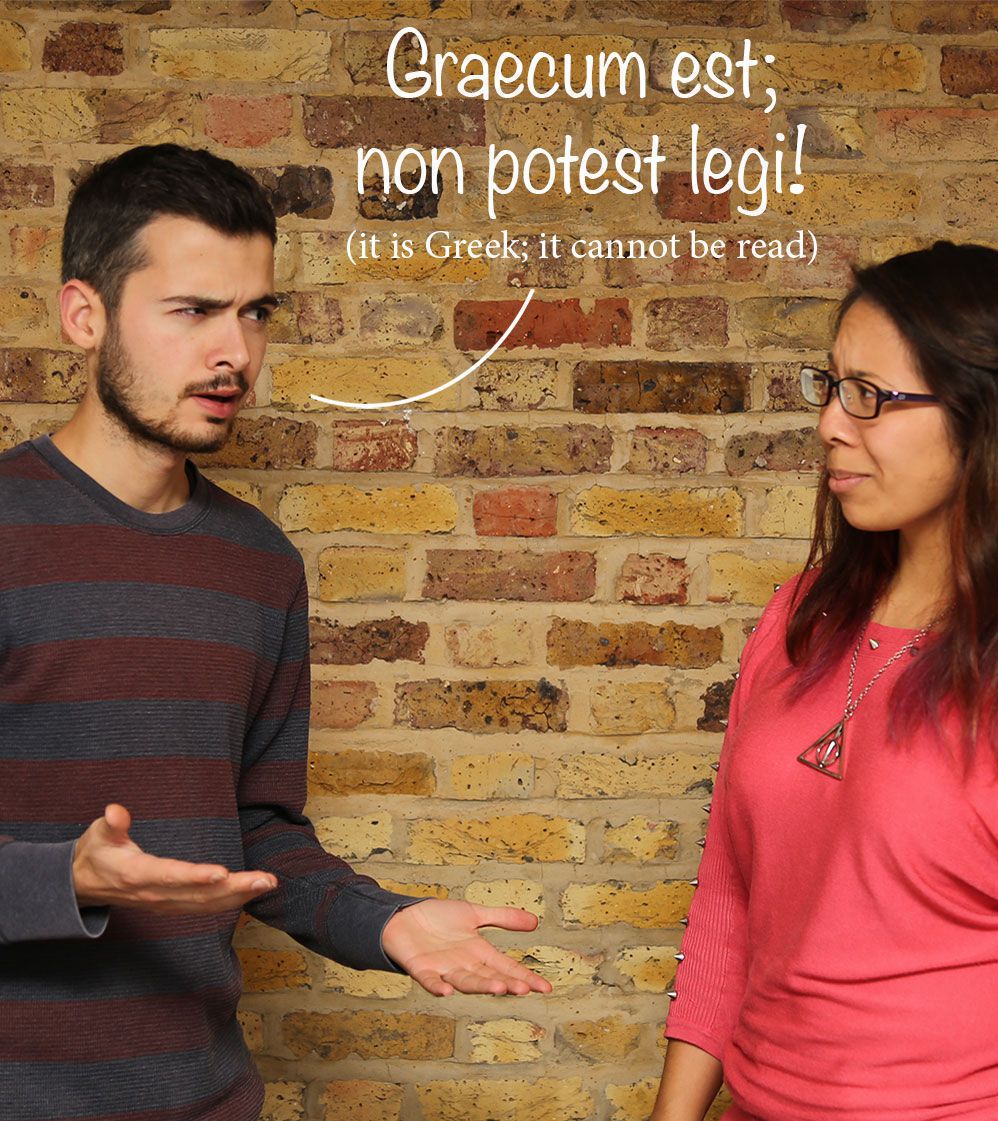
Modules cover social situations like dates or surprise parties, but they also tackle grammatical topics. Each module is broken into topics, and the course is structured, so you must complete several lessons to unlock more. It’s easy to pick up, slick, and fun to use, and you will soon find yourself jealously guarding your daily streak. Unlimited Babbel Live costs $99 per month, $209 for 3 months, $359 for 6 months, and $599 for a year.ĭesigning an addictive hook into your language practice is a clever way to keep you engaged, and Duolingo nails gamification like no other. I also occasionally had issues with speech recognition and could not nail the pronunciation.īabbel is $13 per month, $30 for 3 months, $50 for 6 months, or $84 annually. There’s no real gamification here, so it lacks the addictive hook of some other apps. Some lessons are dry, and it inevitably feels repetitive at times.
#Utalk language examples trial#
Unfortunately, the free trial is limited, offering just a single lesson for each language. The pacing is good, with a slow increase in difficulty and plenty of spaced repetition to reinforce your learning. The mixture of learning options includes podcasts and games, and you can even book live online classes with language teachers (though this is expensive). Babbel does a great job of explaining grammar rules as you practice to build a deeper understanding. I particularly like the conversations where you fill in the blanks, the option to choose courses on different topics (there’s no fixed order), and the insights into local culture and slang. It teaches the basics of grammar, including special vowels and consonants and their correct pronunciations, before moving on to conversational scenarios in common settings. If you’re looking for a complete language-learning package, Babbel is the way to go. Fluency requires immersion and comprehension, whether through talking with native speakers, learning in a classroom, or reading books and watching movies. If you just want to learn enough to order a coffee, they can get you there. Language learning apps can help beginners and intermediate students to build a foundation. There has been surprisingly little research on the efficacy of language learning apps, but a Michigan State University study found that our top pick, Babbel, didn’t just facilitate grammar and vocabulary acquisition but also improved oral communication skills. Apps that focus on vocabulary building can help, but only alongside classes or other learning tools. It’s also helpful when apps cover real-life scenarios, tell stories, and provide cultural context. A Columbia University review of language apps identified three main weaknesses: “First, apps tend to teach vocabulary in isolated units rather than in relevant contexts second, apps minimally adapt to suit the skill sets of individual learners and third, apps rarely offer explanatory corrective feedback to learners.”Įvery linguist agrees that human interaction is an essential part of learning a second language, so it’s vital to look for language learning apps that include an option to listen to and talk to native speakers of your chosen language. Hope that helps, feel free to ask any follow up and I'll get back to you.Language learning apps can be an effective tool for improving your language skills, but if you want to become fluent, you will likely need additional help. In terms of this special offer, it is great value (regular prices can be found at ), and if you want to test out our method, we have a free topic, 'Starter Words', which you can try out by downloading the app ( /app), completely free :) You can also see the selection of topics that we have, and how the app works.
#Utalk language examples full#
This is a different approach to other learning methods, as we believe in getting you started quickly, without rigorous grammar lessons or verb conjugations.įor those seeking fluency, one app is never going to be enough (ours included!) - and we encourage learners to use additional methods, the best of which is full immersion in a language by conversing with native speakers or living in a different country.

#Utalk language examples how to#
These topics are centred around groups of vocab you might need for a particular activity / experience, for example there's a restaurant topic teaching you how to ask for "a table for two", "the bill, please", and letting staff know "I'm a vegetarian". There are approx 2,500 words and phrases in the app - so to manage all that content we break it down into 60 themes or topics, each containing about 50 words / phrases.

Spotted this thread and thought I'd weigh in with some additional information for anyone who needed it.


 0 kommentar(er)
0 kommentar(er)
